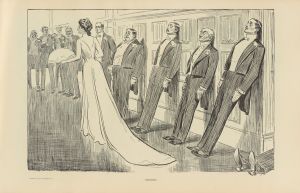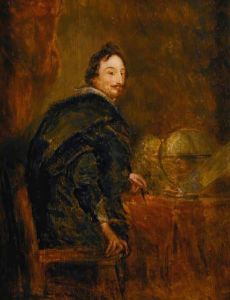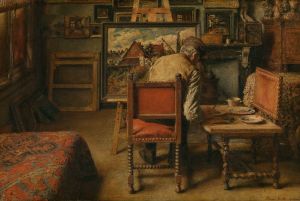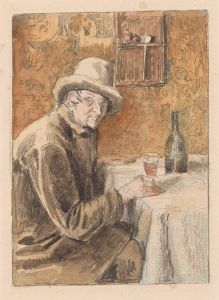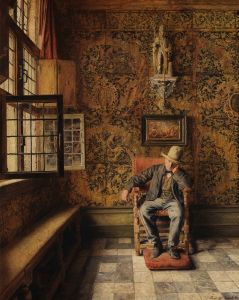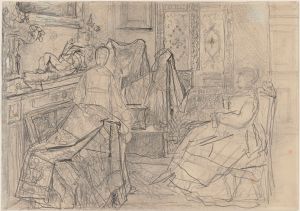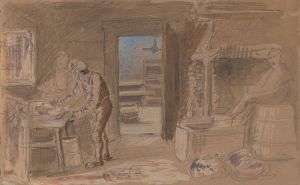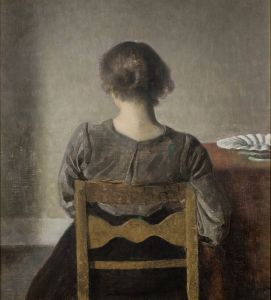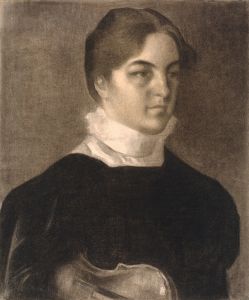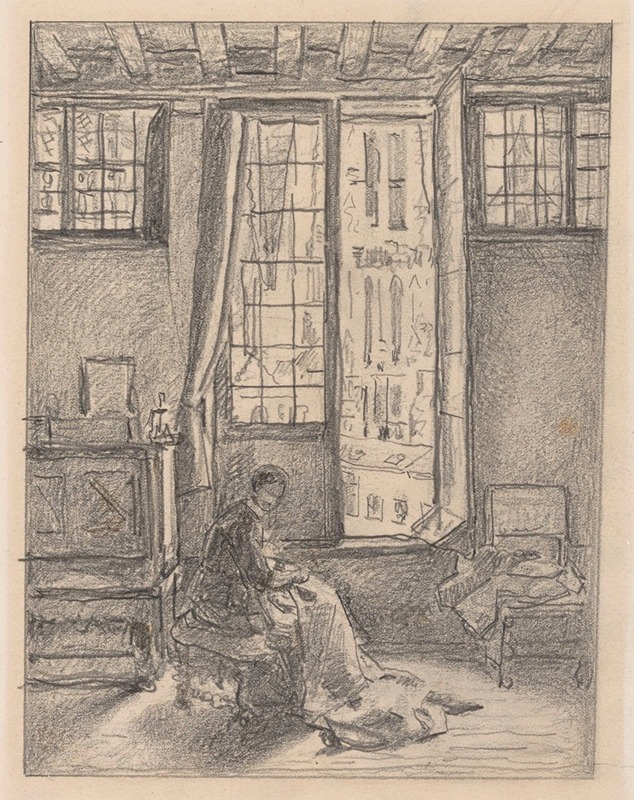
The Carillon
A hand-painted replica of Henri de Braekeleer’s masterpiece The Carillon, meticulously crafted by professional artists to capture the true essence of the original. Each piece is created with museum-quality canvas and rare mineral pigments, carefully painted by experienced artists with delicate brushstrokes and rich, layered colors to perfectly recreate the texture of the original artwork. Unlike machine-printed reproductions, this hand-painted version brings the painting to life, infused with the artist’s emotions and skill in every stroke. Whether for personal collection or home decoration, it instantly elevates the artistic atmosphere of any space.
Henri de Braekeleer (1840–1888) was a Belgian painter associated with the Realist movement. He is known for his detailed and atmospheric interior scenes, often depicting quiet, contemplative moments. One of his notable works is The Carillon, a painting that exemplifies his skill in capturing light, texture, and the mood of everyday life.
The Carillon portrays an interior scene featuring a man seated at a table, deeply engaged in playing a carillon, a type of keyboard instrument connected to bells. The setting is a modest, well-lit room, with sunlight streaming through a window and casting soft shadows across the space. The composition reflects de Braekeleer's meticulous attention to detail, as seen in the textures of the furniture, the folds of the man's clothing, and the subtle interplay of light and shadow. The painting conveys a sense of quiet concentration and introspection, hallmarks of de Braekeleer's style.
De Braekeleer often drew inspiration from the domestic and urban life of Antwerp, his hometown. His works frequently depicted interiors, where he explored the effects of natural light and the intimate atmosphere of enclosed spaces. The Carillon is a prime example of this focus, showcasing his ability to create a serene and contemplative mood through careful composition and nuanced use of color.
The painting reflects the influence of 17th-century Dutch and Flemish masters, particularly in its attention to detail and its emphasis on everyday life. De Braekeleer admired artists such as Johannes Vermeer and Pieter de Hooch, and their impact is evident in his work. However, he brought his own unique perspective to these themes, blending traditional techniques with a modern sensitivity to mood and emotion.
Henri de Braekeleer's career was marked by periods of intense productivity as well as struggles with mental health, which affected his ability to work consistently. Despite these challenges, his contributions to Belgian art were significant, and he is regarded as a key figure in the transition from Romanticism to Realism in 19th-century European painting.
Today, The Carillon is recognized as one of de Braekeleer's important works, appreciated for its technical mastery and its evocative portrayal of a quiet, reflective moment. The painting is part of the collection of the Royal Museum of Fine Arts in Antwerp, where it continues to be admired by art enthusiasts and scholars alike.





